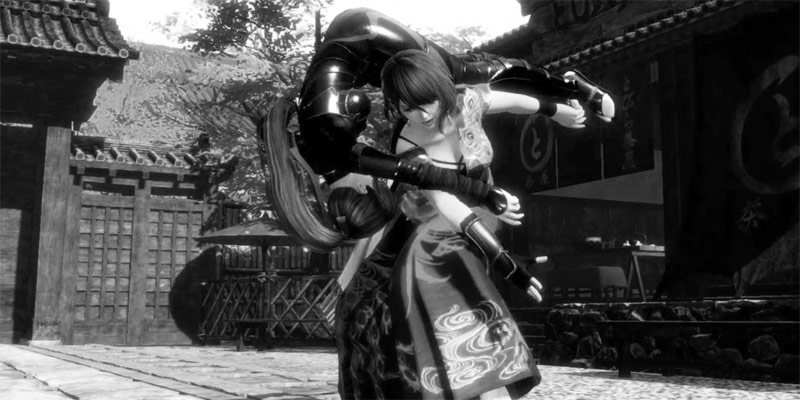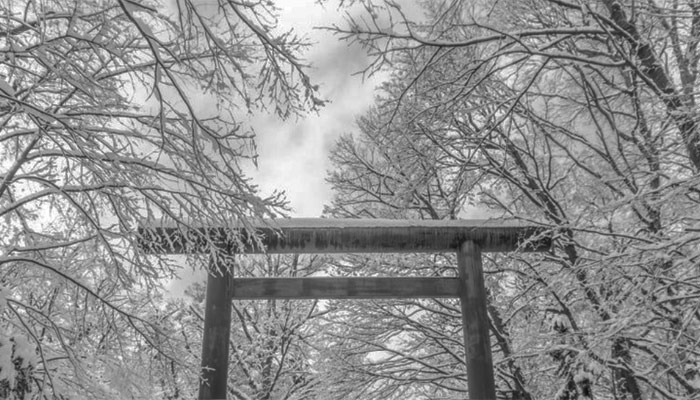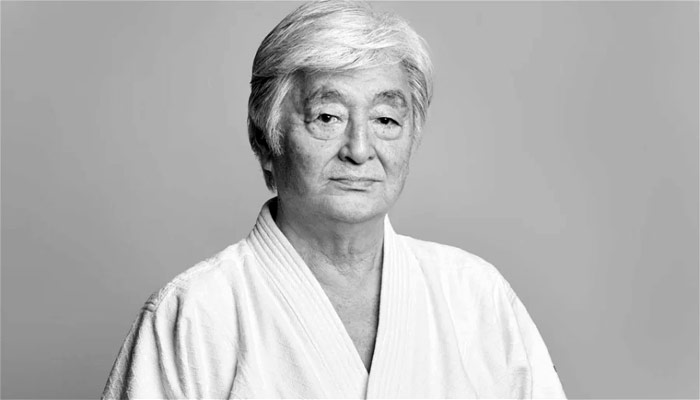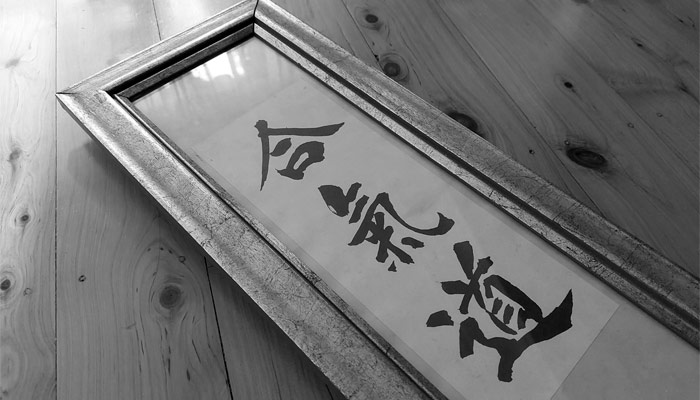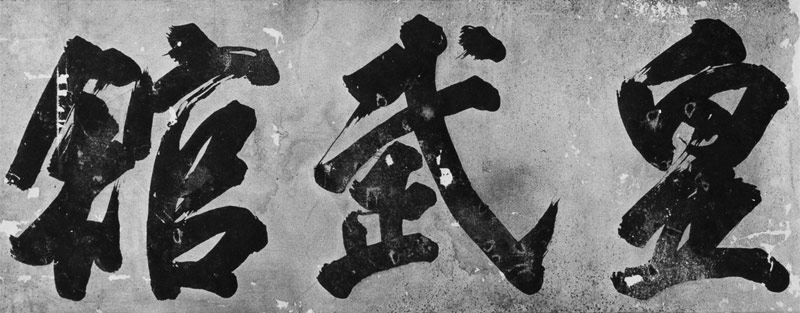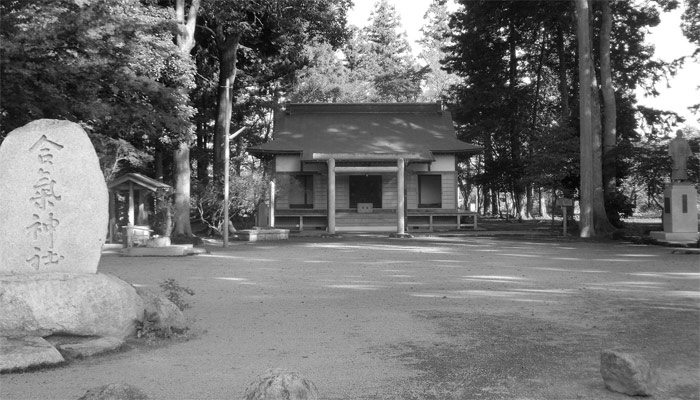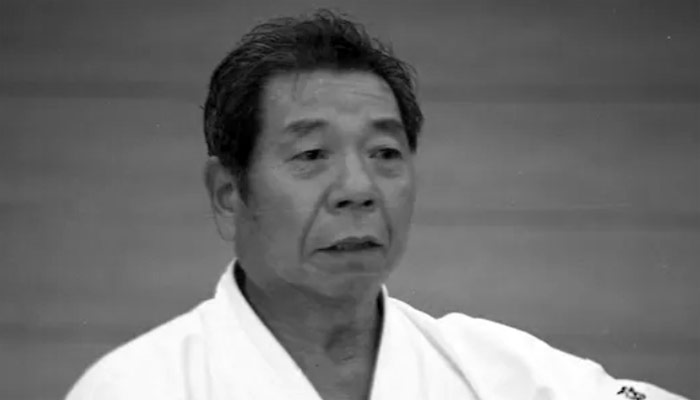-
Unleashing the Power of Aiki: Arcade Fighters in Motion
Arcade fighting games have long served as arenas where diverse martial arts styles collide. Among the plethora of techniques showcased in these games, Aikido and similar martial arts have secured their place in the roster of iconic characters. This article delves into the portrayal of Aikido and akin disciplines in arcade fighting games, examining their impact on character design and gameplay dynamics. Aikido, renowned for its focus on redirecting an opponent’s energy with harmonious movement, has intrigued game developers aiming to craft distinctive and authentic characters. The core tenets of this martial art, such as blending, circular motion, and joint locks, align seamlessly with the dynamic and acrobatic nature of…
-
Aikido and Tokyo Metropolitan Police
Martial arts training stands as a cornerstone within the Tokyo Metropolitan Police Department 警視庁, serving as a pivotal element in the physical and mental preparation of police officers entering the demanding realm of law enforcement. At the Metropolitan Police Academy 警察学校, martial arts form a compulsory subject, with cadets dedicating at least an hour each day to training. While both men and women share this training requirement, they have the flexibility to choose different disciplines based on their individual preferences and perceived benefits. Male police officers often opt for Judo 柔道 or Kendo 剣道, disciplines that emphasize grappling techniques, striking maneuvers, and mental resilience. Conversely, female officers have the added…
-
Purification of Body and Soul: Misogi in Japanese Culture and Aikido
Misogi 禊, deeply rooted in Japanese culture and religious tradition, is a ritual of purification aimed at cleansing both the body and the spirit. Typically, the ritual involves immersing oneself in water, often a natural body of water like a river or waterfall, to wash away impurities and negative energies. The attire is typically white garments, but in many cases, men may wear a loincloth. The practice dates back centuries, and it is said to originate from Izanagi 伊邪那岐, a kami in Japanese mythology, who felt contaminated and purified himself with water after his visit to Yomi 黄泉, the world of death, to see his deceased wife Izanami 伊邪那美. Misogi…
-
Ueshiba’s Hokkaido Saga – The Beginning
Morihei Ueshiba had felt adrift since his departure from the Army. He longed for fresh challenges and a profound purpose to dedicate his life to. This persistent restlessness ultimately led Ueshiba on an exploration journey to Hokkaido 北海道 where his life would intersect with destiny, setting in motion a series of events that would leave an indelible mark on the world of modern martial arts. During that time, the Japanese government had a vision to colonize and transform Hokkaido into a thriving agricultural and industrial area capable of supporting its growing population. This involved significant projects such as land reclamation, infrastructure development, and the encouragement of immigration to the region.…
-
Master of the Power and the Basics: Yoshimitsu Yamada
Yoshimitsu Yamada 山田 嘉光, born on February 17, 1938, in Tokyo, Japan, is a prominent figure in the world of Aikido, renowned for his significant contributions to the development of Aikido in the United States. Yamada’s family has a close connection to the Abe family. His father, Ichiro Yamada, lost his parents as a child and was placed in the care of the Abe family. Ichiro and Tadashi Abe 阿部正 were raised as brothers, and Yamada referred to Abe as his uncle. Abe’s father was a supporter of Morihei Ueshiba, the founder of Aikido. Yamada first encountered Ueshiba when he was invited as a guest to Abe’s house for a…
-
A Journey of Naming: From Daito Ryu to Aikido (Part II)
Around 1934, Ueshiba received an invitation from Takuma Hisa 久琢磨, who was associated with the Osaka Asahi Shinbun 朝日新聞, one of Japan’s major and oldest national daily newspapers, to teach in Osaka. Ueshiba would regularly travel to the Asahi Dojo and taught there for about 3 years. During this period, Ueshiba referred to his art as Dai Nippon Asahi Ryu 大日本旭流. During his time in Osaka, Hisa and others who received instruction took advantage of the resources available at the newspaper company to meticulously document each technique and capture them in photographs and videos. These materials, along with the techniques Hisa later learned directly from Takeda Sokaku, were compiled into…
-
A Journey of Naming: From Daito Ryu to Aikido (Part I)
Aikido, renowned for its philosophy of harmony and non-resistance, has a rich history that traces its roots back to Daito Ryu Jujutsu 大東流柔術. During the evolution of Aikido, Ueshiba used various names for his art before settling on the term “Aikido 合気道”. Ueshiba had studied multiple martial arts, including Tenjin Shinyo Ryu 天神真楊流, Kito Ryu 起倒流, Yagyu Shinkage Ryu 柳生新陰流, and Judo 柔道 before encountering the martial arts master Sokaku Takeda 武田惣角. In 1915, Ueshiba came across Takeda during his exploratory journey in Hokkaido 北海道. Astonished by Takeda’s knowledge and techniques, he swiftly decided to become Takeda’s disciple. The following year, Ueshiba established a dojo in Shirataki 白滝村 and invited…
-
Aiki Jinja: Bridging Spirituality and Martial Arts in Iwama
Nestled in the tranquil town of Iwama 岩間, Japan, Aiki Jinja 合気神社 (Aiki Shrine) stands as a testament to the convergence of martial arts and spiritual reverence. In 1942, Ueshiba and his wife, Hatsu, relocated from Tokyo to Iwama. In this little town, Ueshiba dedicated himself to the concept of martial and agricultural unity 武農一如, acquiring land and engaging in farming activities. Subsequently, he constructed both a dojo and a shrine, the Aiki Jinja. He referred to this place as the birthplace of aikido 合気道の産屋. Over time, this site has gained profound significance, now regarded as a sacred ground by countless aikido practitioners. Ueshiba constructed Aiki Jinja as a sanctuary…
-
O-Sensei’s Aliases: Moritaka and Tsunemori Ueshiba
Beyond his birth name Morihei Ueshiba 植芝盛平, O-Sensei used two other names, Moritaka Ueshiba 植芝守高 and Tsunemori Ueshiba 植芝常盛, during his lifetime. Moritaka Ueshiba was a name that Ueshiba often used in his 40s and 50s after his trip to Mongolia in 1924. The journey to Mongolia took place approximately three years after the First Omoto-kyo Incident, during which Japanese authorities suppressed Omoto-kyo by raiding their headquarters and arresting its leader, Onisaburo Deguchi 出口 王仁三郎. Deguchi, along with a group of his disciples, including Ueshiba, embarked on an expedition to Mongolia with the ambition of establishing a new religious kingdom there. The Omoto-kyo believes in Bankyo Dokon 万教同根, the concept…
-
Morihiro Saito: Guardian of Ueshiba’s Teachings
Morihiro Saito 斉藤 守弘, a prominent figure in the world of Aikido, was born on March 31, 1928, in Ibaraki Prefecture 茨城県, Japan. He dedicated his life to the study and practice of Aikido, becoming one of the most influential sensei in Aikido history. Saito’s contributions to the art, particularly in preserving the teachings of the founder, Morihei Ueshiba, have left a lasting impact on Aikido practitioners worldwide. Just like many other youngsters, Saito used to admire the great Japanese swordsmen and studied kendo in school. However, weapons were banned following the end of WWII. He then learned Karate and Judo, thinking he would have nothing to fear if he…
